Hopload Helles - Braumarkt Challenge

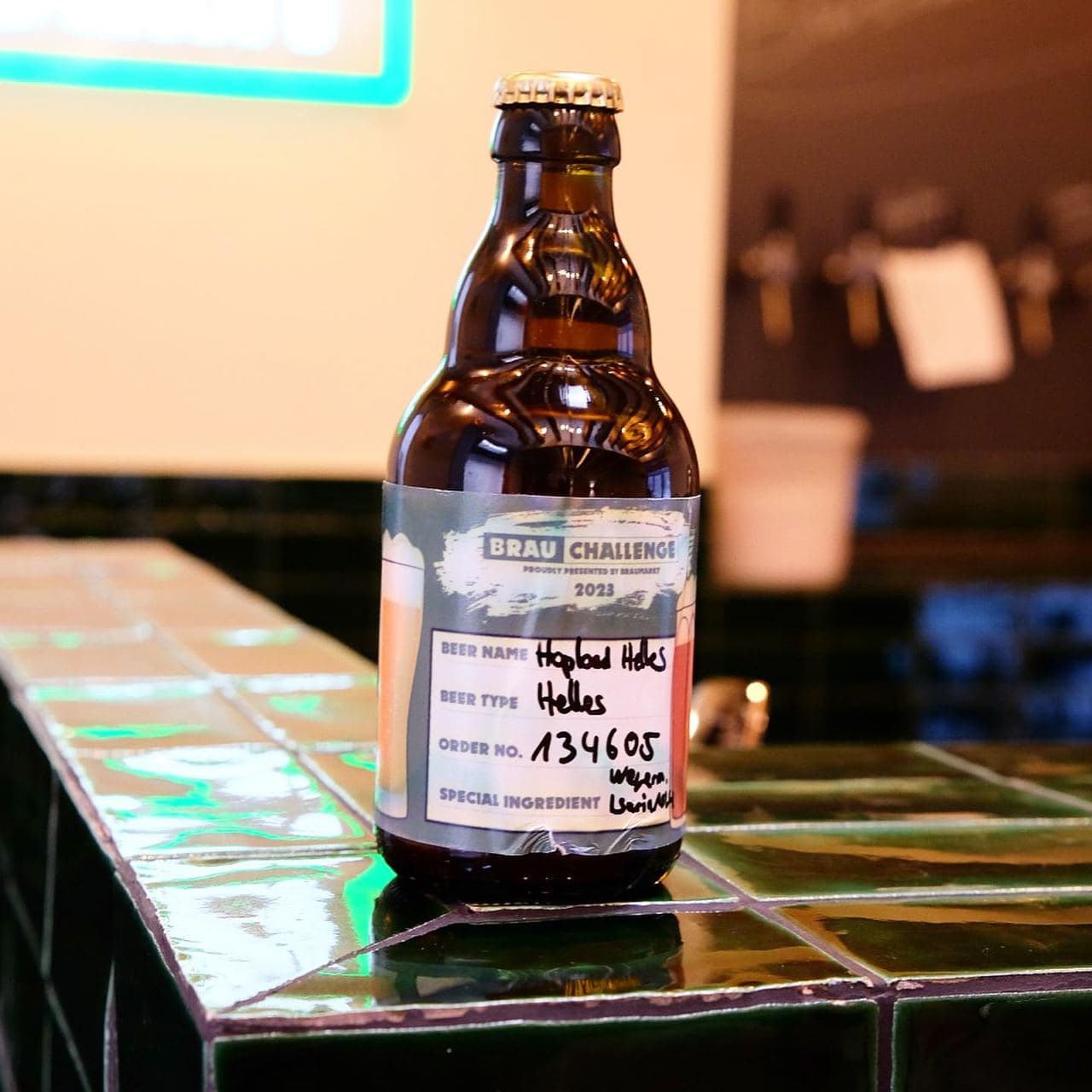

On May 7th, I brewed a Helles beer for my participation in the Braumarkt Challenge. The requirements were quite simple: to brew a classic Munich Helles with the given ingredients of Pilsner, Vienna, and GoldSwaen Light malt, as well as Loral and CTZ hops and S-23 yeast. Additionally, one could choose and add or replace one more freely selectable ingredient.
According to my information, around 400 participants took part across all three beer styles: Wheat, Session IPA, and Helles. Nearly 100 of them participated in the Helles category.
On August 27th, I found out that my beer won in the Helles category and emerged as the overall winner. This means I won a Speidel Braumeister 10l and get to brew 700l of my Helles on the Braumarkt SS-Brewtech setup.
 Handover of the prize
Handover of the prize
Recipe
For my Helles, I used the ingredients from the brewing kit. I halved the amount of Vienna and GoldSwaen Light malt and added 33% Weyermann Isaria 1924 malt as a special ingredient.
24 Liters - 74% Brewhouse efficiency
2.7kg (52.4%) - The Swaen Pilsner
1.7kg (33%) - Weyermann Isaria 1924
500g (9.7%) - The Swaen Vienna
250g (4.9%) - GoldSwaen Light
22l Mash water
10l Sparge
64°C - 20 minutes
Decoction: 20 minutes, approx. 8l thick mash
72°C - 25 minutes
Mash PH: 5.35
Pre Boil PH: 5.10
11.9°P Original Gravity ~9.5 EBC
Boil time 90 minutes
10g Loral (11.5% AA) - 70 min - 13.1 IBU
25g Loral (11.5% AA) - 5 min - 6.5 IBU
20 IBU
Water profile:
77ppm Calcium, 3ppm Magnesium,
11ppm Sodium, 80ppm Chloride,
59ppm Sulfate, 66ppm Bicarbonate
I brewed the beer using my SS Brewtech Mashtun and a 40l pot on an induction plate. However, I didn't find the decoctions aromas in the beer that I had hoped for, so it's not a problem to brew the beer with a multi-step infusion. For that, I would recommend:
20 minutes - 63°C
10 minutes - 67°C
20 minutes - 72°C
The crucial point for this beer, in my opinion, is to pay attention to the pH level of the wort. My homebrewing colleague Olli told me on the way back from the HBCon that Dr. Michael Zepf recommended in his seminar to adjust the pH value for a Helles to 5.10 before boiling.
One week before the brew day, I made a 2.5l starter from one of the two S-23 yeast packets, as I wanted to pitch at a colder temperature than recommended. I kept the starter in the fridge until brew day and decanted it into the wort; the remaining packet was simply sprinkled on top. The yeast was pitched at 9°C, and after 3 days the temperature was gradually raised to 16°C (2°C per day). After a few days at 16-18°C, the beer was transferred to a keg following a brief cold crash. The beer was in the keg 11 days after brew day.
The beer reached a final attenuation of 72% and thus had 4.6% ABV.
The Result
I found the resulting beer to be well-balanced with a light malt character. Also, thanks to the pH adjustment, the beer was very crisp. The hop character was minimally noticeable. Overall, the beer was relatively boring, but that's what makes a good Helles.
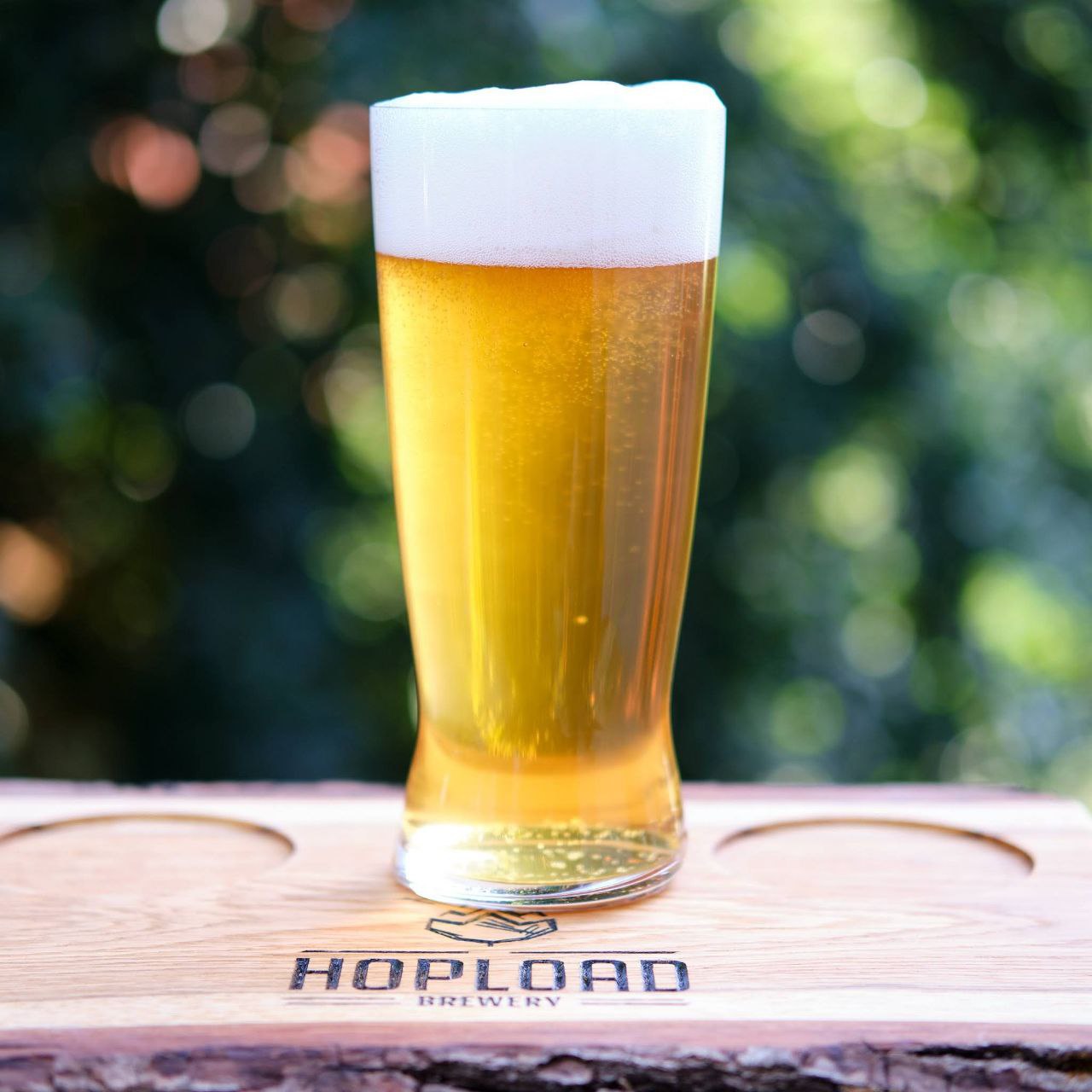
I did a second batch without pH adjustment and tasted both beers with lager beer experts and average beer drinkers. The choice was clearly in favor of the Helles with the pH adjustment among the "normal" beer drinkers.
Brew Day at Braumarkt
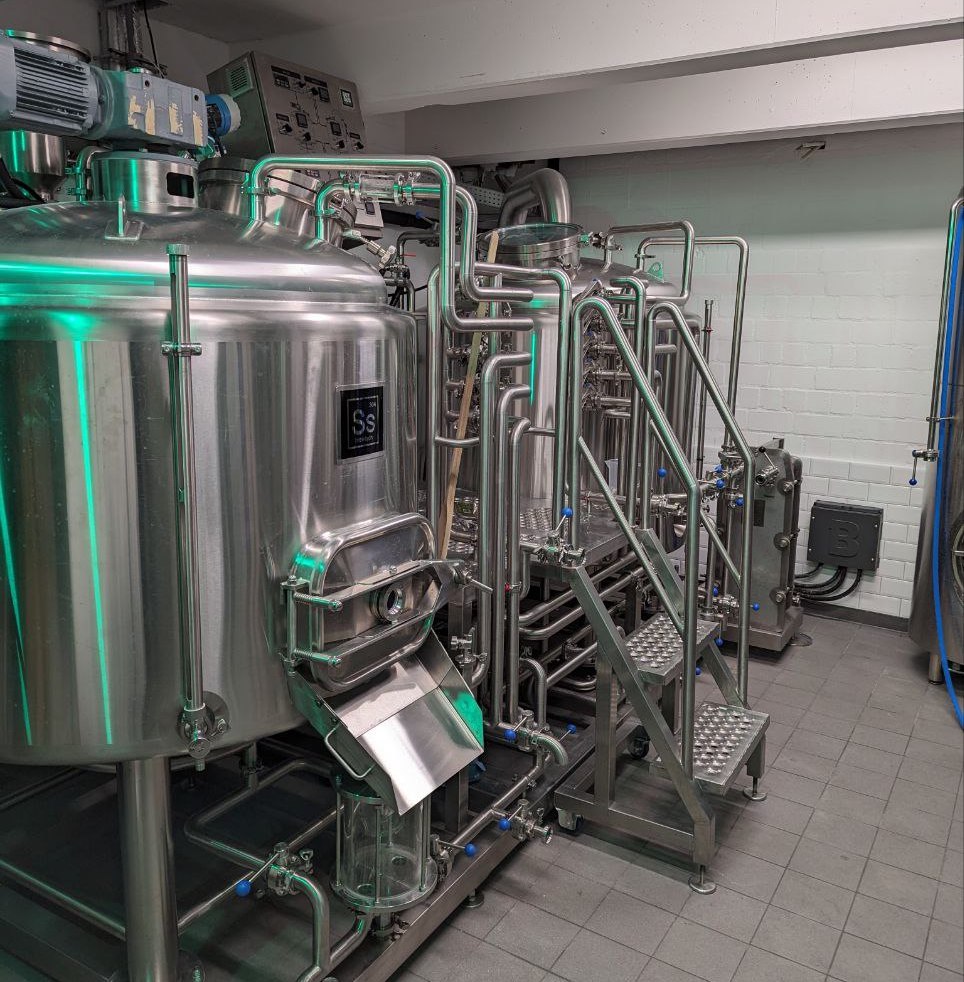 5bbl SS-Brewtech system at Braumarkt
5bbl SS-Brewtech system at Braumarkt
Last week, I had the chance to re-brew the beer on the 5bbl SS-Brewtech setup at Braumarkt. I mostly assisted rather than brewed. The brewing was done by certified brewmaster Jan from Brewery "De Lütte". Anyone who's been part of a brew day on a larger, commercial setup knows you need to understand the quirks and when to operate each of the 20 valves.

The brew day was a bit chaotic but very fun. The original gravity only reached 11°P, and we pitched and fermented at 12°C as the groundwater didn't allow for lower temperatures. We would've needed twice as much dry yeast at 9°C.
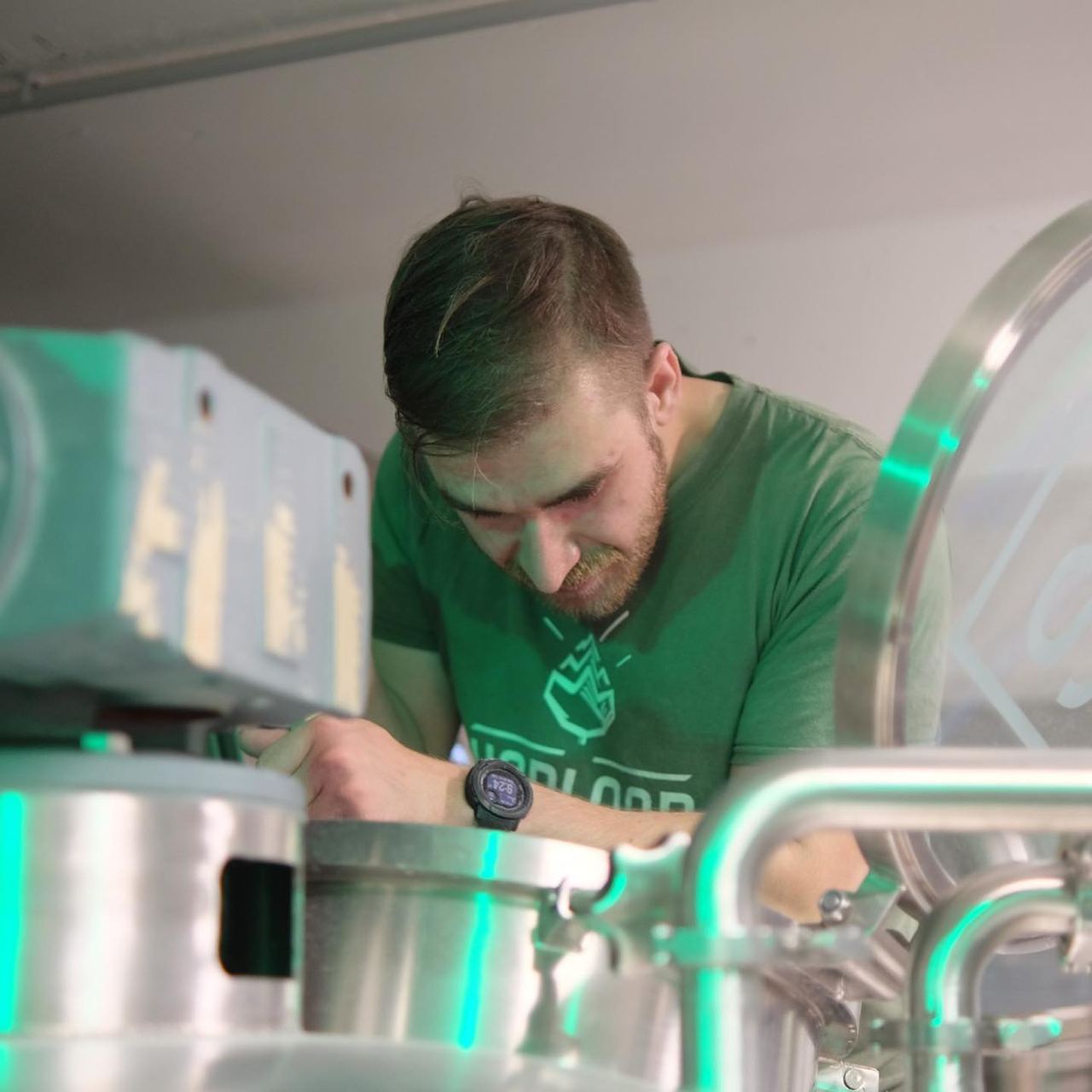
I'm curious how the beer will taste when it's bottled in a few weeks.
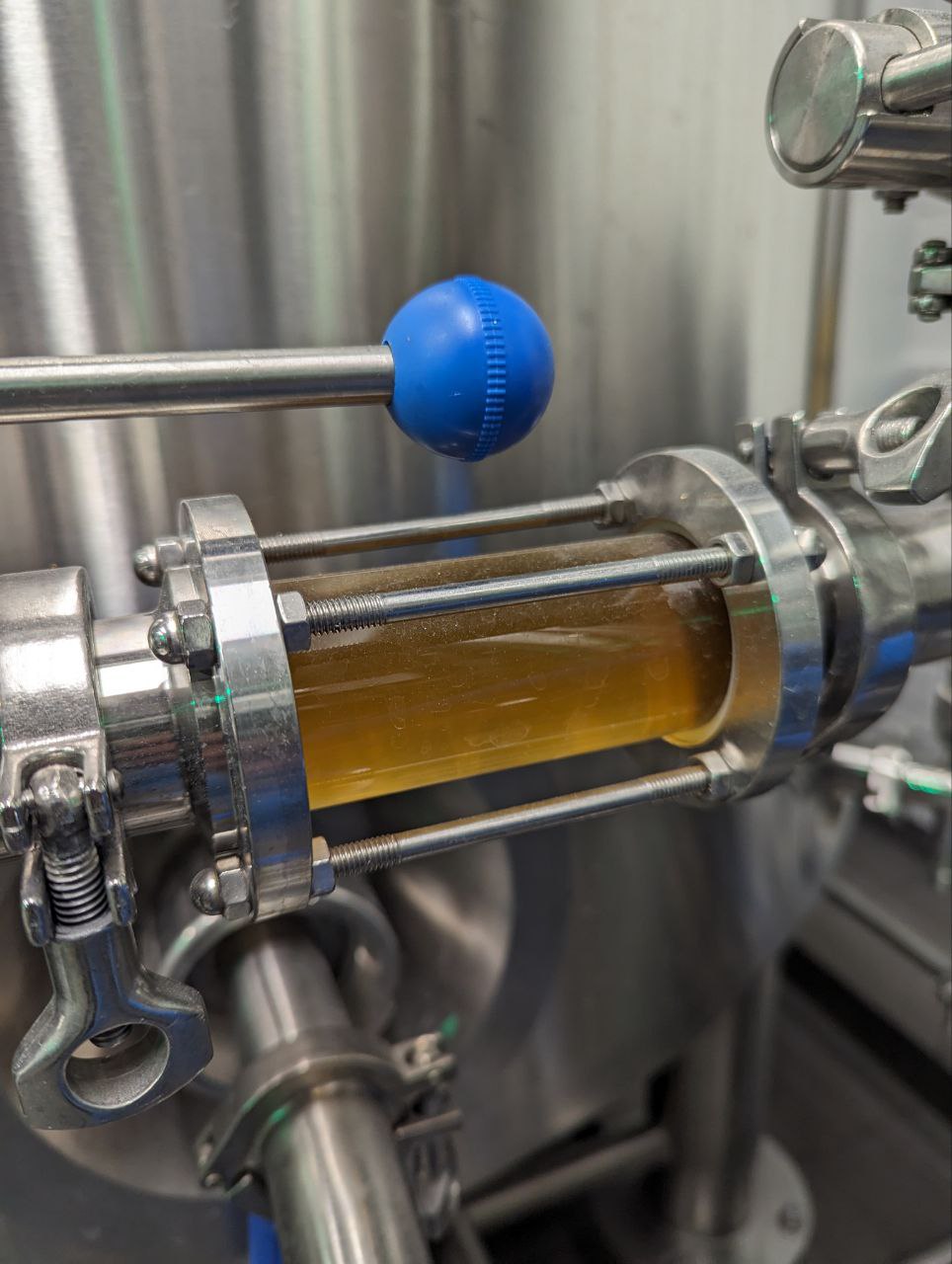
Reflection on the Challenge
The information situation was not always optimal, but it was the first competition of this kind hosted by Braumarkt. The ingredient requirements can be liked or not; at least the same conditions apply to all participants, and I found the challenge interesting. Many participants mentioned the lack of feedback on the beer, which is unfortunate but understandable given the 400 participants. I would've appreciated detailed jury feedback as well. Hopefully, there'll be improvements in the future.
I liked that there were three beer styles to choose from, unlike other major competitions, and especially that one doesn't have to be present to participate, as this usually involves a 300-500 Euro weekend trip.